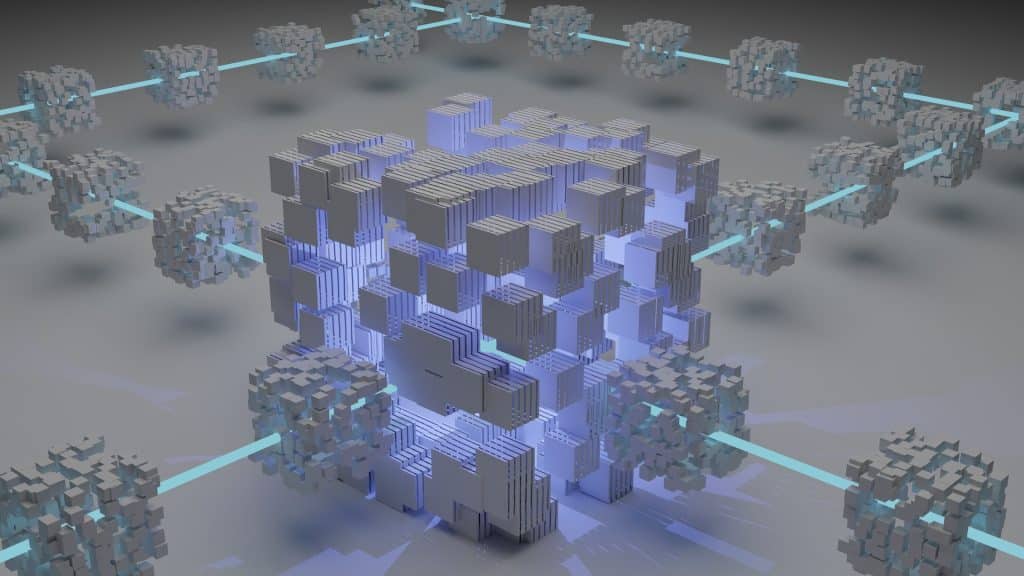Understanding Blockchain: A Decentralized Revolution

Understanding Blockchain: A Decentralized Revolution
Blockchain technology has emerged as a revolutionary force in the world of digital innovation. It is more than just a buzzword; it’s a transformative concept that promises to disrupt industries and change the way we interact with data and transactions. In this article, we will delve into the fundamentals of blockchain, exploring what it is, how it works, and its potential implications for various sectors.
What is a Blockchain?
At its core, a blockchain is a distributed and decentralized digital ledger. It’s a secure and transparent way of recording transactions and maintaining records. Instead of relying on a central authority, such as a bank or a government agency, to verify and validate transactions, blockchain relies on a network of computers (nodes) that work together to achieve consensus and maintain the integrity of the ledger.
Key Components of a Blockchain
- Blocks: A blockchain consists of a chain of blocks, each containing a list of transactions. These transactions can include cryptocurrency transfers, asset ownership transfers, and even the recording of data.
- Decentralization: One of the key features of a blockchain is its decentralized nature. The ledger is not stored in a single location; it is duplicated across a network of computers (nodes). This decentralization makes it extremely resistant to censorship and tampering.
- Cryptographic Hashing: Each block in the chain contains a unique code called a cryptographic hash, which is generated based on the data within the block. This hash is crucial for ensuring the security and immutability of the blockchain.
- Consensus Mechanisms: To add a new block to the chain, the network must reach consensus through various mechanisms like Proof of Work (PoW) or Proof of Stake (PoS). These mechanisms ensure that only valid transactions are added and that the network remains secure.
How Does Blockchain Work?
- Transaction Verification: When a user initiates a transaction, it is broadcast to the network. Other nodes in the network validate the transaction to ensure it is legitimate and that the sender has sufficient funds or authority to make the transaction.
- Block Creation: Valid transactions are grouped together into a block. Once a block reaches a certain size or time interval, it is sealed with a cryptographic hash that includes the information from the previous block, creating a chain.
- Consensus: Miners or validators on the network compete to solve complex mathematical puzzles (in the case of PoW) or stake their cryptocurrency (in the case of PoS) to propose and validate the next block. This competition ensures that no single entity has control over the network and that transactions are added fairly.
- Immutability: Once a block is added to the chain, it is extremely difficult to alter any information within it. Changing a single transaction would require altering all subsequent blocks, which is computationally infeasible and economically unviable.
Implications and Use Cases
Blockchain technology has a wide range of applications beyond cryptocurrencies like Bitcoin. Some of its notable use cases include:
- Supply Chain Management: Blockchain can provide transparency and traceability in supply chains, reducing fraud and ensuring the authenticity of products.
- Smart Contracts: These self-executing contracts automatically enforce the terms and conditions of agreements, removing the need for intermediaries.
- Voting Systems: Blockchain can enhance the security and transparency of electronic voting systems, reducing the risk of fraud.
- Healthcare: It can securely store and share medical records, ensuring data integrity and privacy.
- Finance: Traditional financial institutions are exploring blockchain for faster and more secure transactions and settlements.
Bottom line
In summary, a blockchain is a decentralized digital ledger that offers security, transparency, and immutability. It operates on a network of computers that validate and record transactions without the need for a central authority. This technology has the potential to disrupt various industries and change the way we conduct business and manage data. As blockchain continues to evolve, its impact on society is likely to be profound and far-reaching.








